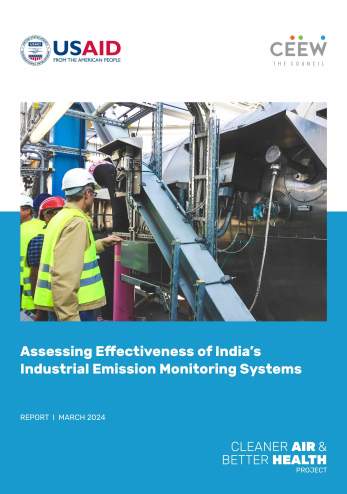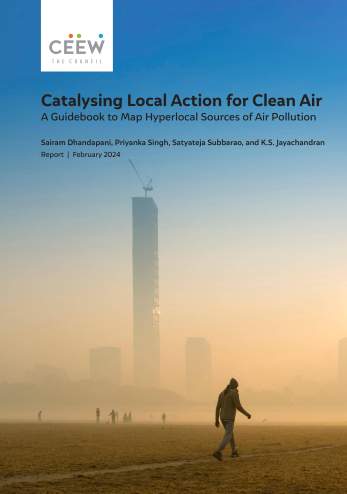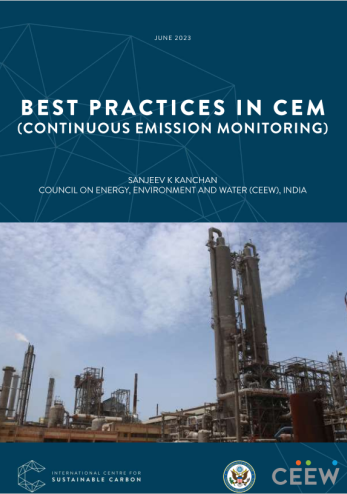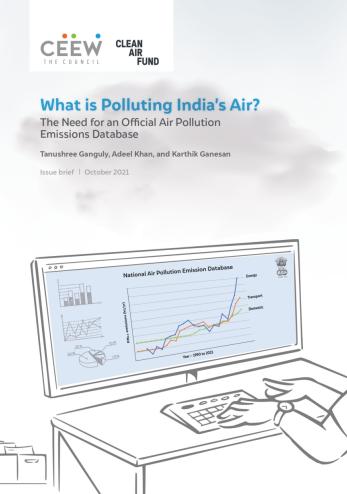Paper
Valuation of Health Impacts of Air Pollution from Power Plants in Asia
A Practical Guide
Herath Gunatilake, Karthik Ganesan, Eleanor Bacani
October 2014 | Clean Air
Suggested Citation: Gunatilake, Herath, Karthik Ganesan, and Eleanor Bacani. 2014. Valuation of Health Impacts of Air Pollution from Power Plants in Asia: A Practical Guide. Manila: Asian Development Bank.
Overview
This paper undertakes a methodological review on the estimation of the health cost of local air pollutants from power generation. It uses the impact pathway approach (IPA) to quantify health impact of power generation. It recommends a streamlined methodology combining site-specific studies and benefit transfer for quick assessments.
Key Highlights
- Electricity generation poses inadvertent consequences on public health, the severity of which depends on the type of energy resource used and the efficiency of pollution control policies.
- Abatement using current technologies is critical to minimise the damage costs of thermal power plants.
- Pollution abatement is economically efficient - with pollution control spending of $0.28 cents per kWh, a net gain of $11.25 cents per kWh of avoided health cost can be achieved.
- Strengthening the available regulatory measures of pollution control and implementation of a rigorous monitoring program can be justified based on the cost-effectiveness of pollution abatement from coal power plants.
- Overall, the high sensitivity of health cost estimated to pollution load, dose response function and other parameters indicated that the analyst should be careful when undertaking assessments and should try to use the location-specific parameters to the extent possible.
Key Recommendations
- Specify the emission source and detail the technology used, the fuel type, quality of fuel, combustion characteristics, emission composition, and level of pollution abatement at the plant. It establishes the emission profile which provides the constituents of the emission, concentration and emission rates.
- Select a suitable dispersion model from the available models based on the nature of pollutant being studied and the availability of meteorological and topographical data.
- Estimate the health impact of the increased pollutant concentration in the air at the receptors.
- Monetise the physical impact through a value associated with mortality and morbidity. The sum of mortality and morbidity impacts yields the overall economic impact of health endpoints associated with increased pollutant load.
Pollution abatement is economically efficient - with pollution control spending of $0.28 cents per kWh, a net gain of $11.25 cents per kWh of avoided health cost can be achieved.







